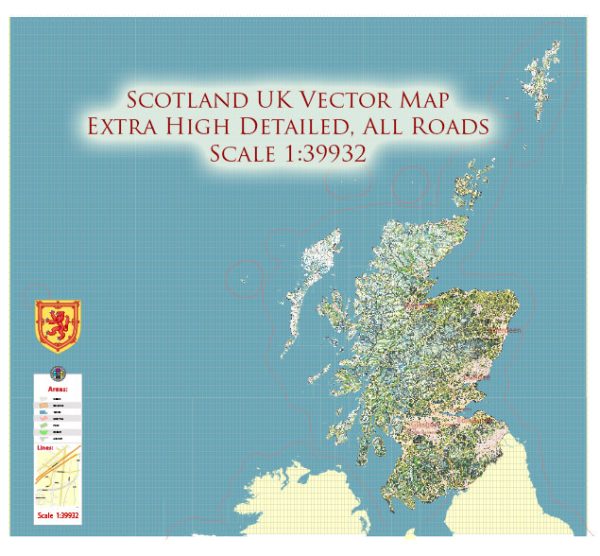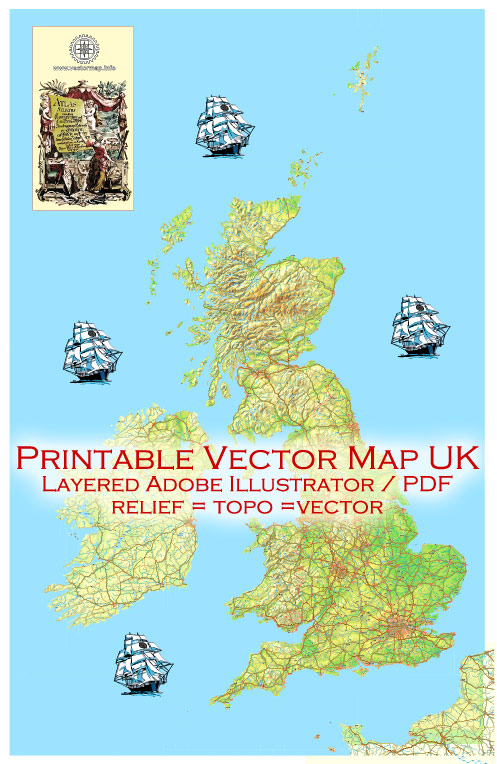The road system in the United Kingdom, specifically in Great Britain (comprising England, Scotland, and Wales), is quite extensive and well-developed. Here are some key features of the road system in Great Britain:
- Motorways: Motorways are high-speed, divided highways, and they are denoted by an ‘M’ followed by a number. For example, the M25 is a famous orbital motorway around London. Motorways are the fastest and most efficient way to travel long distances.
- A Roads: ‘A’ roads are primary roads that connect major towns and cities. They vary in size and capacity but are generally well-maintained. For example, the A1 runs from London to Edinburgh.
- B Roads: ‘B’ roads are secondary roads that link smaller towns and villages. They can vary significantly in size and quality.
- Minor Roads: There are countless minor roads and lanes, often unclassified, that provide access to even smaller communities and rural areas.
- Roundabouts: The UK is known for its extensive use of roundabouts at intersections. They help manage traffic flow and reduce the need for stop signs and traffic lights.
- Traffic Signs: The UK uses a standardized system of road signs to provide information, warnings, and directions to drivers.
- Driving on the Left: In the UK, people drive on the left side of the road, and the steering wheel is on the right side of the vehicle. This is important to remember if you plan to drive in the UK, especially if you are used to driving on the right side.
- Tolls: Some major bridges and tunnels, like the Severn Bridge and the Dartford Crossing, have tolls. Be prepared to pay tolls or fees if you use these routes.
- Congestion Charging: In London, there’s a congestion charge in certain areas during specific hours to reduce traffic congestion. If you plan to drive in London, you may need to pay this charge.
- Speed Limits: Speed limits are typically 30 mph in urban areas, 60 mph on single-carriageway roads, and 70 mph on dual-carriageway roads and motorways. These limits can vary, so it’s important to watch for road signs.
- Road Maintenance: Road maintenance is a continual process, especially in the winter when frost and ice can damage roads. Expect occasional roadworks and diversions.
- Public Transport: The UK has an extensive public transportation network, including trains and buses. This can be a convenient and cost-effective way to travel within cities.
Remember that road conditions and regulations may change, and it’s important to stay updated on traffic rules, road closures, and any changes to the road network. If you plan to drive in the UK, ensure that you have the necessary documentation and insurance, and be aware of local traffic laws and customs.



 Author: Kirill Shrayber, Ph.D.
Author: Kirill Shrayber, Ph.D.